Barcelona and Madrid
Barcelona and Madrid
Social Networks of the Avant-Garde
Arnzazu Ascunce Arenas
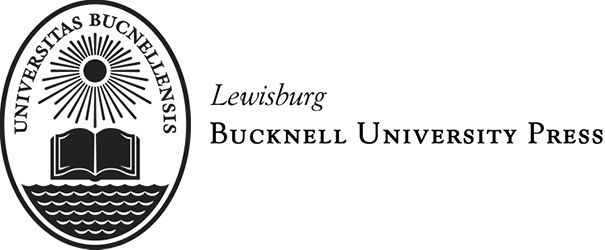
Published by Bucknell University Press
Co-published with The Rowman & Littlefield Publishing Group, Inc.
4501 Forbes Boulevard, Suite 200, Lanham, Maryland 20706
www.rowman.com
10 Thornbury, Plymouth PL6 7PP, United Kingdom
Copyright 2012 by Arnzazu Ascunce Arenas
All rights reserved. No part of this book may be reproduced in any form or by any electronic or mechanical means, including information storage and retrieval systems, without written permission from the publisher, except by a reviewer who may quote passages in a review.
Photo of Sueos noctmbulos [Sleepwalking Dreams] by Salvador Dal Salvador Dal. Fundaci Gala-Salvador Dal. VEGAP. Madrid, 2011.
British Library Cataloguing in Publication Information Available
Library of Congress Cataloging-in-Publication Data
Ascunce Arenas, Arnzazu, 1974
Barcelona and Madrid: social networks of the avant-garde / Arnzazu Ascunce.
p. cm.
Includes bibliographical references.
ISBN 978-1-61148-424-3 (cloth : alk. paper) ISBN 978-1-61148-425-0 (electronic)
1. Barcelona (Spain)Intellectual life20th century. 2. Madrid (Spain)Intellectual life20th century. 3. Avant-garde (Aesthetics)SpainBarcelonaHistory20th century. 4. Avant-garde (Aesthetics)SpainMadridHistory20th century. 5. Barcelona (Spain)RelationsSpainMadrid. 6. Madrid (Spain)RelationsSpainBarcelona. I. Title.
DP402.B265A84 2012
946'.41074dc23
2011052012
 The paper used in this publication meets the minimum requirements of American National Standard for Information SciencesPermanence of Paper for Printed Library Materials, ANSI/NISO Z39.48-1992.
The paper used in this publication meets the minimum requirements of American National Standard for Information SciencesPermanence of Paper for Printed Library Materials, ANSI/NISO Z39.48-1992.
Printed in the United States of America
This book is dedicated to my parents, Consuelo Carmen and Gil Ascunce, who have taught me perseverance.

Acknowledgments
First and foremost, I would like to thank God for giving me the power and strength to see this project through. Second, I would like to thank my family and friends who have accompanied me along this journey since the beginning or who have miraculously appeared along the way. Third, I would like to thank my teachers and mentors who have guided and instructed me in the art and science of academic research and writing. Finally, I would like to thank key individuals and institutions that have supported me at various stages in very practical ways.
My nuclear family has been witness to the writing this book from beginning to end. I especially thank my parents whose faith in me has been steadfast. I would also like to thank my brothers, Gil Ignacio and Gabriel Ascunce, who have been my most honest critics. Not too long before my beloved grandmother, Hilda Isabel Ascunceshe too a professor of Spanish language and linguistics passed away two summers ago at age ninety-one, she assured me that this book would be published. She was right. My cousin, Marie Arenas, who is more like the sister I never had, has opened the doors of her home and her heart during my many stays with her while undertaking research in Spain. I am forever thankful to you all.
There are several beloved friends, dear to my heart, whom I would like to acknowledge for their continuous encouragement over the years: Alicia Lpez Oper, Arantxa Leziena Loizu, and Gonzalo Escarpa. With each of them, I have greatly enjoyed our passionate discussions about my book virtually, over the phone, and face-to-face. Also, I would like to especially thank those colleagues and friends who have read my manuscript in full or in part and have given me their invaluable feedback: Gloria Beatriz Rodrguez, June Naughton, and Josep Minguell. I also extend my gratitude to my dear friends in Barcelona and Madrid who have supported me in many practical ways. In Madrid, I especially thank my friend Professor ngel lvarez who really has been like an angel to me in the last five years. Thank you to my friend Julio Reija, a first-class poet and talented graphic designer, for agreeing to create an original piece of artwork for the cover of this book. In Barcelona, thank you to my former professor Jaume Subirana, who was the first to introduce me to Catalan studies and to teach me Catalan when I was an undergraduate student. Two other special friends in Catalonia include Miquel Visa, who made his private library available to me, and Enric Escudero Guill who so kindly cared for me the summer I lived in Grcia with him and his circle of fervent Catalanist friends.
Professor Andrew A. Anderson, one of the top contemporary scholars of the Avant-Garde in Spain, directed the initial stages of research required for writing this book. I am grateful for his invaluable guidance and his reliable mentorship throughout the dissertation writing process. I would also like to thank the secondary readers of my dissertation: Professors Matthew Affron, Enrico Cesaretti, and David Haberly, all of whom were extremely generous with their time and specialized knowledge. Thank you also to Professors David Gies, Javier Herrero, and Fernando Oper for your constant, enthusiastic encouragement both during and after graduate school.
A special note of thanks to the many librarians who have assisted me in the hemerotecas (periodical libraries) at both the Biblioteca Nacional in Madrid and the Biblioteca de Catalunya in Barcelona; the Transatlantic Library at the Residencia de Estudiantes ; the fast and friendly inter-library loan service staff at Alderman Library at the University of Virginia, especially Severyn Hanusz; and the Scholars Lab at the University of Virginia, especially Nancy Krechner.
Last, but not least, I would like to thank the institutions that have funded various grants that have made this book possible including the University of Hawaii, the University of Virginia, the Fulbright Program, and the Mellon Foundation.

Chronology: Barcelona and Madrid, 19001939
This chronology highlights details discussed in this book. It brings attention to a series of events that serve as landmarks for understanding the Avant-Garde in Spain from two focal points, Barcelona and Madrid, simultaneously. The following events are not limited to literary history, but also include events related to art, law, politics, the press, social history, sports, and urban works. The timeline spans from 1900 until 1939, but it is focused on the years between the arrival of the first news of Italian futurism in Spain (1909) and the debut of Dal and Buuels surrealist short film, An Andalusian Dog (1929), which was screened first in France, then in Spain. The events listed in each year are also organized in chronological order (from January to December, but without indicating the months, in order to simplify the format and because not in every case is that information available).
The objective of this chronology is to easily keep track of the activities that are relevant to a study of the Avant-Garde in both Barcelona and Madrid, but in some instances, also beyond. Barcelona and Madrid were not the only two cities to adopt the Avant-Garde spirit in Spain, but for the purposes of this book, the chronology remains fixed on just these two. The entries are not described in detail, since their contents are discussed at greater length in the chapters. These events have been compiled over nearly one decade and from a wide array of sources, but especially academic books, art exhibit catalogues, and my own research in various archives.

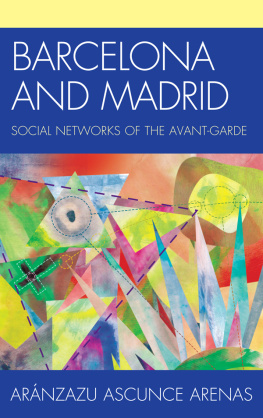
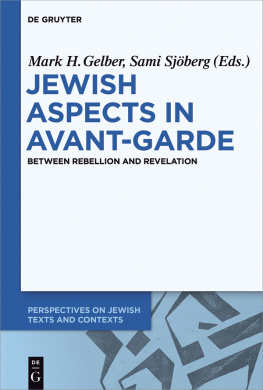
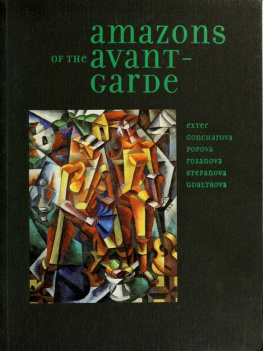
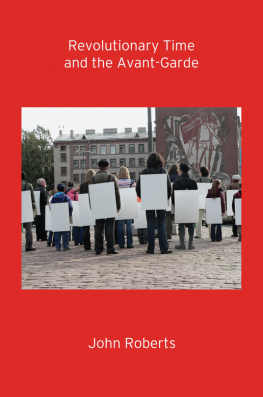
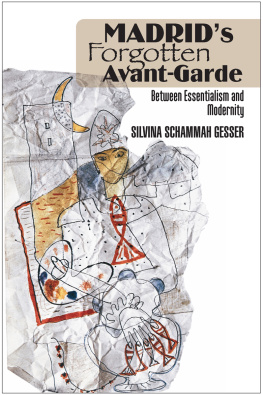



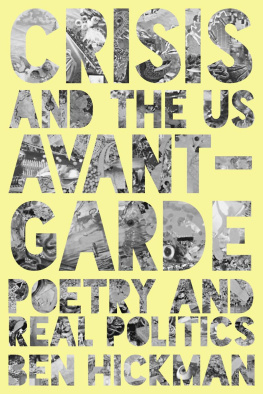




 The paper used in this publication meets the minimum requirements of American National Standard for Information SciencesPermanence of Paper for Printed Library Materials, ANSI/NISO Z39.48-1992.
The paper used in this publication meets the minimum requirements of American National Standard for Information SciencesPermanence of Paper for Printed Library Materials, ANSI/NISO Z39.48-1992.
